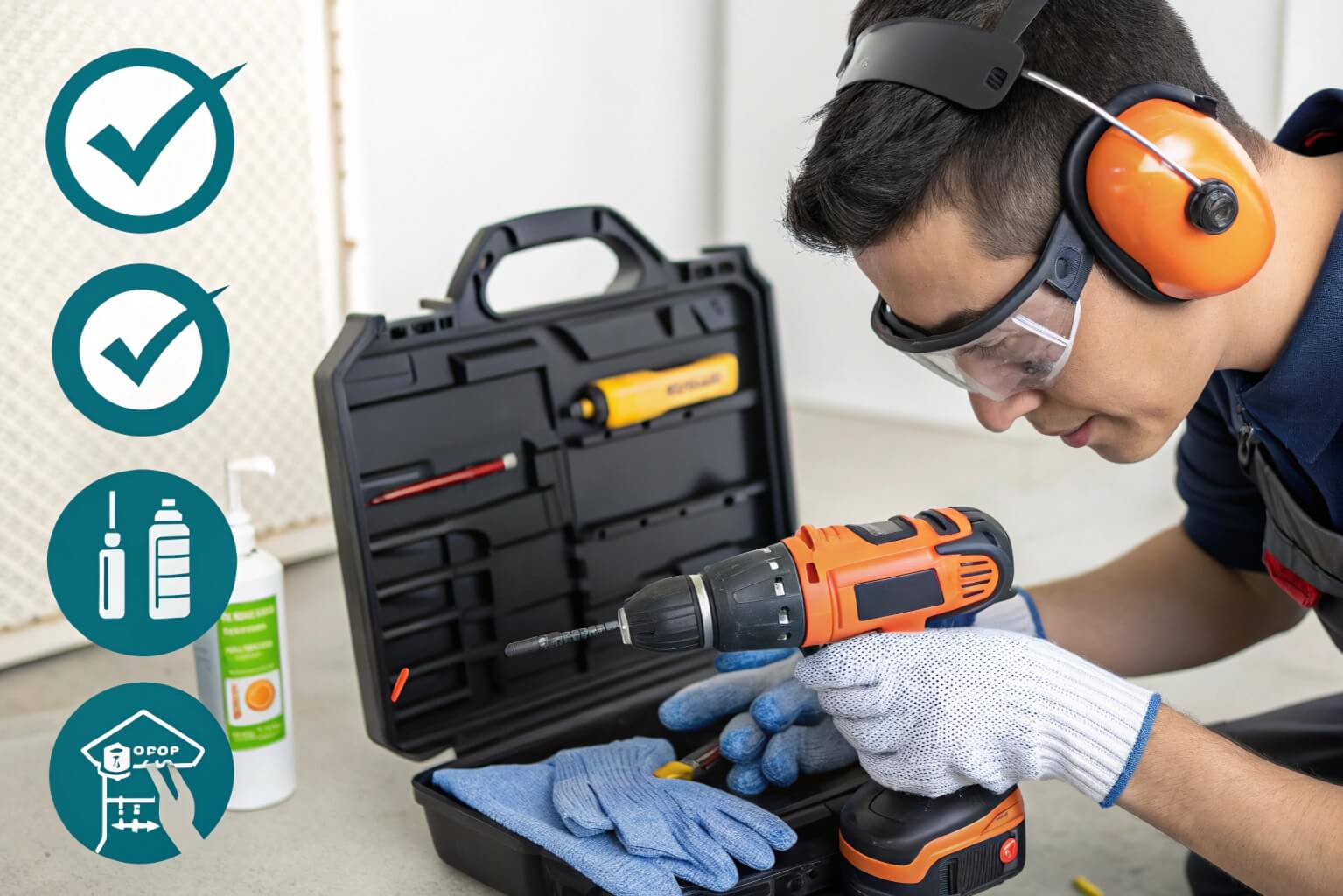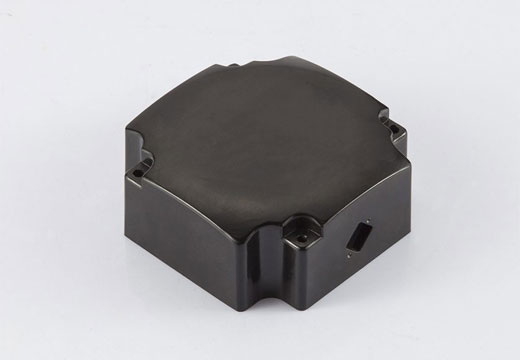How to Use Electric Tools the Right Way?
Power tools are fantastic. They make jobs easier and quicker. But let's be clear: they can also be dangerous. If you don't use them correctly or if you fail to take care of them, injuries can happen. Therefore, this guide is for you.
I'm going to walk you through how to use electric tools safely. Also, I'll help you keep them in good working order. Whether you're just starting with the longevity of tools and user protection or are a seasoned professional, these tips are designed to keep you safe and productive.

Worksite Safety: A Safe Place Means Safe Work?
First, before you even touch a power tool, check your work area. A cluttered or dangerous space significantly increases the risk of accidents.
- Ventilation: Ensure good airflow to prevent overheating and the buildup of fumes.
- Dry Floors: Prevent slips and electrical hazards.
- No Flammable Materials: Keep the area clear of materials that could easily ignite from sparks.
- Lighting & Power Access: Ensure bright, stable lighting and use certified, safe electrical outlets.
- Space for Tool Operation: Make sure you have adequate room to maneuver without obstructions.
Tip: Never operate high-heat tools in enclosed spaces without proper ventilation.
Electrical Safety: Don’t Overlook the Basics?
Second, most power tools rely on electricity or rechargeable batteries. Understanding and adhering to electrical safety measures is crucial for both tool longevity and user protection.
- What to Do:
- Use GFCI-protected outlets.
- Inspect cables and plugs before each use.
- Use outdoor-rated cords when working outdoors.
- Replace damaged connectors immediately.
- What to Avoid:
- Using cords that are damaged or have exposed wires.
- Overloading extension cords.
- Operating electric tools in wet conditions.
- Wrapping cords tightly during storage.
Reminder: If you notice smoke, overheating, or any unusual smells, stop using the tool immediately.
Personal Safety: Protect Yourself First?
Third, even in the safest environment, your protective equipment (PPE) is the most crucial safety factor.
- Eyes: Always wear safety goggles or a face shield.
- Hands: Use anti-slip gloves.
- Ears: Wear earplugs or noise-canceling muffs to prevent hearing damage.
- Head: For construction sites, use a hard hat.
- Clothing: Opt for fitted clothing and avoid anything loose that could catch in the machinery.
Rule of Thumb: Never operate power tools when fatigued, unwell, or under the influence of any substances.
Tool Usage & Maintenance: Get the Most Out of Your Gear?
Fourth, using tools correctly and consistently maintaining them is key to both safety and efficiency.
Maintenance Tips:
- Always read the user manual before using a new tool.
- Clean the tool after each job—remove dust and debris.
- Store tools in a dry, cool area out of reach of children.
- Promptly replace parts that wear out, such as brushes, bits, and belts.
- Lubricate moving parts as recommended in the user manual.
Maintenance Schedule:
| Maintenance Task | Frequency |
|---|---|
| Surface Cleaning | After each use |
| Full Inspection | Every 3 months |
| Replace Wear Parts | As needed |
| Check the Cord and Plug guidelines. | Before each use |
Note: Tools that spark excessively, vibrate unusually, or get unusually hot require immediate attention and should be taken out of service.
Battery-Powered Tools: Special Care, Better Performance?
Fifth, cordless tools are convenient, but lithium-ion batteries require specific care to prevent failure or accidents.
Battery Safety Guide:
- Do’s:
- Only use the original charger for the battery.
- Store batteries at approximately 40–60% charge when they are not in use.
- Replace any batteries that show signs of damage.
- Charge batteries in a fireproof or well-ventilated space.
- Don’ts:
- Never overcharge a battery or leave it charging overnight.
- Avoid storing batteries in hot or damp environments.
- Never use batteries that are damaged, swollen, or leaking.
- Don’t expose batteries to direct sunlight or fire.
Safety Tip: Swollen batteries pose a fire risk; dispose of them according to local regulations.
Top Recommended Power Tool Brands?
Sixth, investing in quality tools can reduce safety risks and extend the lifespan of your equipment. Here are some brands known for reliability:
Power Tool Brands Comparison:
| Brand | Country | Know For |
|---|---|---|
| BOSCH | Germany | Durability, industrial-grade tools |
| Makita | Japan | Affordable and lightweight options |
| DeWALT | USA | High power and rugged designs |
| Dongcheng | China | Cost-effective, domestic support |
| HiKOKI | Japan | Heavy-duty, formerly Hitachi |
Advice: Always check for safety certifications like CE, CCC, or UL when buying tools.
Conclusion
Power tools can be beneficial—but only when used responsibly. Create a safe workspace, wear the proper gear, inspect your tools regularly, and adhere to the manufacturer’s instructions. Whether you’re drilling into concrete or assembling a shelf, brilliant handling ensures both excellent results and your safety.
 echo 显示命令
echo 显示命令

